
The grave map, which was placed on a 9-foot (275 cm) ornately decorated bronze wheeled couch, was about 40 years old and was typically tall for the Iron Age, standing just over 6 feet high. Judging from other objects found there, this map had probably been a Celtic chieftain’s.

Reconstruction of the Celtic tomb in the museum. Photo credit:
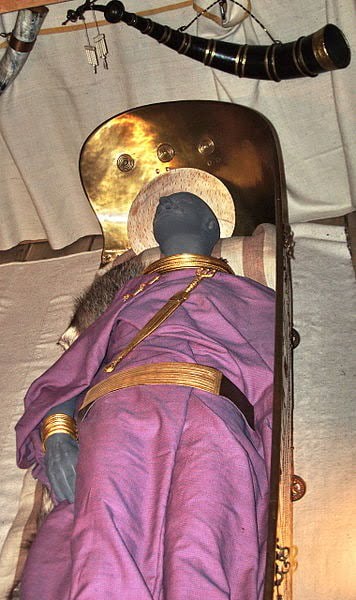
Reconstruction of the grave of a Celtic prince in Hochdorf, Germany. Photo creditThe well-preserved grave goods provided deep insight into the world of Celtic rulers. He had been buried with a gold-plated torc around his neck, amber jewellery, a gold-plated dagger made of bronze and iron, a bracelet on his right arm, nail clippers, a comb, fishing hooks, a flat, cup-shaped sword. A hat made of birch bark adorned with circular motifs and perforated decorations, arrows, a razor and, above all, those embossed gold plates were in his shoes dissipated by the flow.
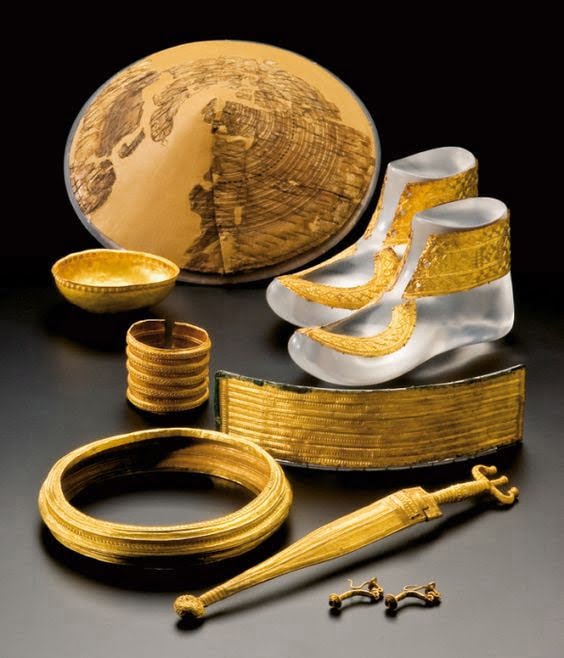
Grave of the chieftain of Hochdorf, golden shoe decorations. Photo credit:
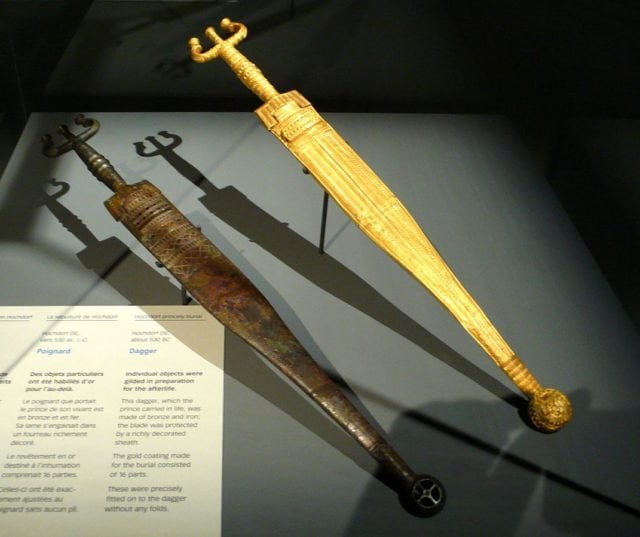
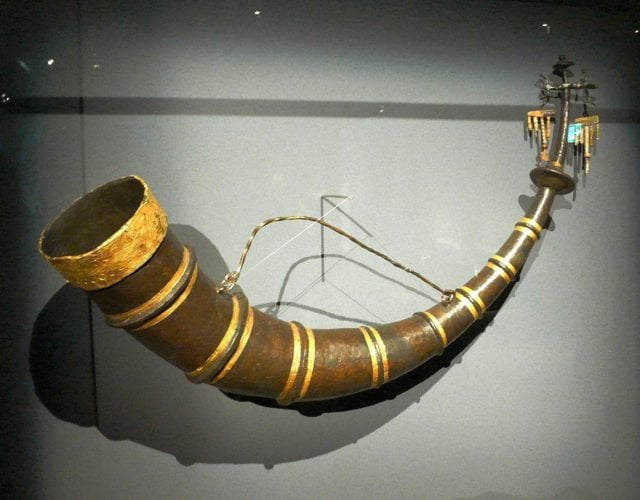 The largest and most prized drip kiln in the collection. Photo credit
The largest and most prized drip kiln in the collection. Photo credit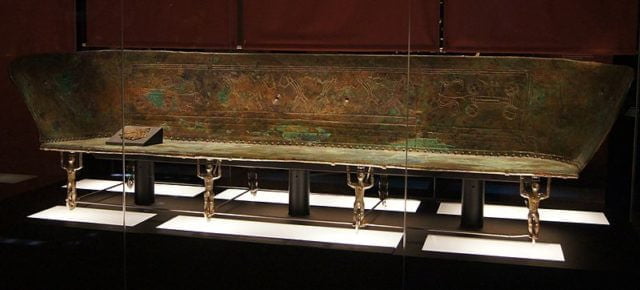
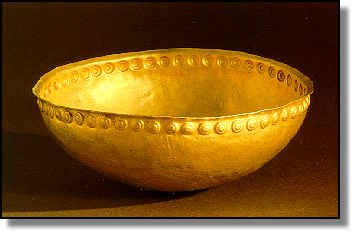 The gold burial covering consisted of 16 pieces, all fitted neatly onto the dagger without any creases. At its feet was a large bronze vessel filled with mead.
The gold burial covering consisted of 16 pieces, all fitted neatly onto the dagger without any creases. At its feet was a large bronze vessel filled with mead.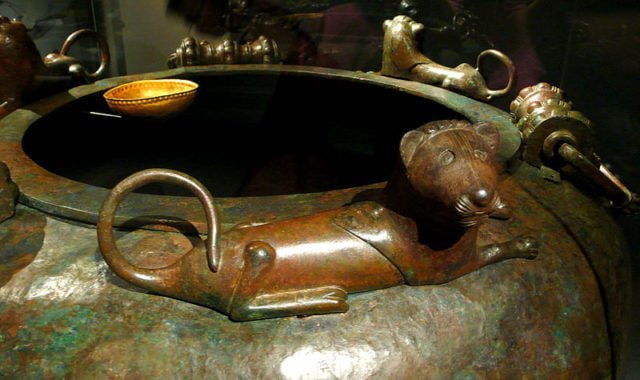
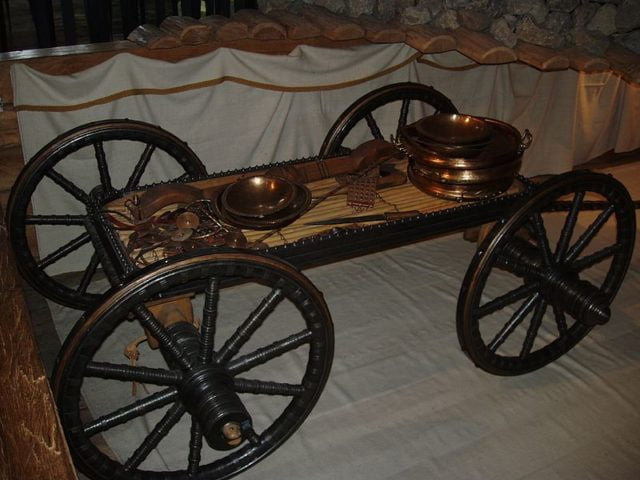 Reconstruction of the funeral cart, loaded with goods. Photo authorRead another story from us: The Strettweg cult cart: a 7th-century bronze sculpture found in a precious grave in AustriaA museum dedicated to the tomb was built nearby, during the construction of which the foundations of an attractive Celtic village were found, probably the one to which the chieftain belonged. The findings from this discovery were incorporated into the museum.
Reconstruction of the funeral cart, loaded with goods. Photo authorRead another story from us: The Strettweg cult cart: a 7th-century bronze sculpture found in a precious grave in AustriaA museum dedicated to the tomb was built nearby, during the construction of which the foundations of an attractive Celtic village were found, probably the one to which the chieftain belonged. The findings from this discovery were incorporated into the museum.